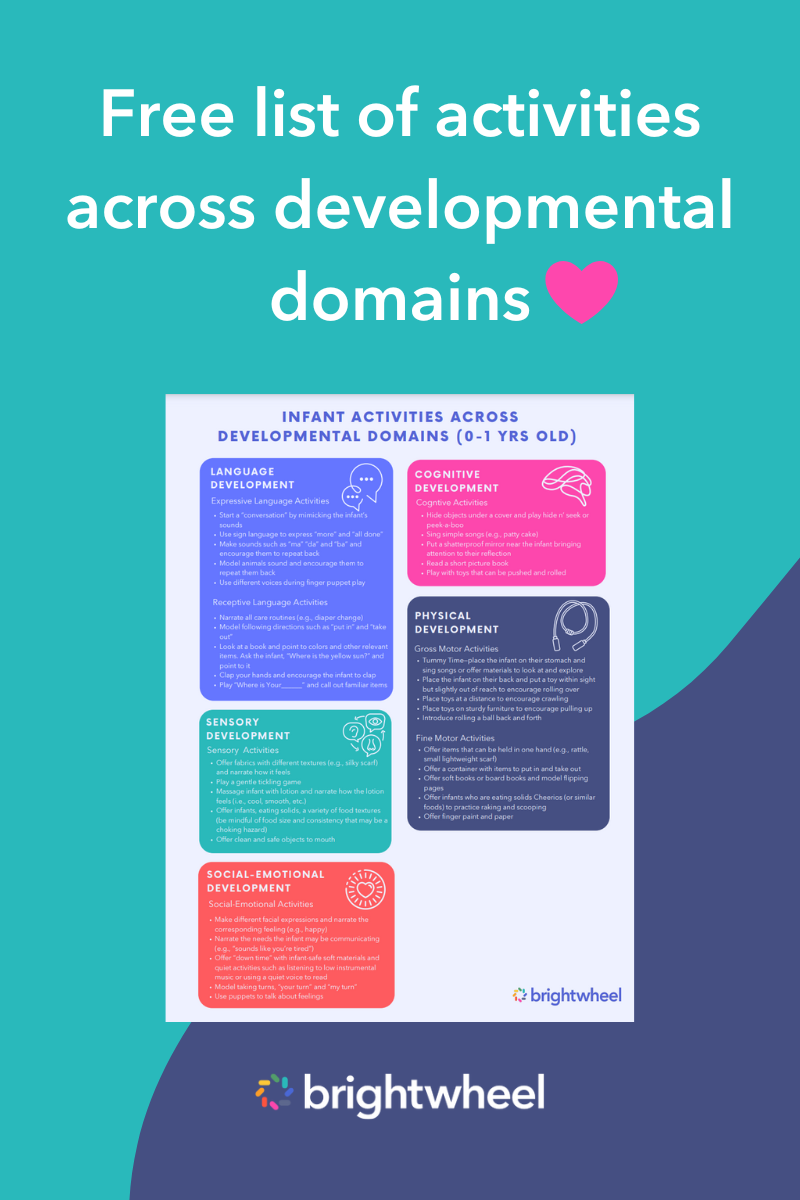Every child processes information differently. A teaching method that helps one child grasp a concept may frustrate another child. As an educator, you must be able to identify the best ways to teach each of your preschoolers.
If your preschoolers learn best through doing, using props, and moving their bodies, they may be kinesthetic learners. This article will review the characteristics of kinesthetic learners and effective strategies that help them learn best in the classroom.
What is a kinesthetic learner?
In 1987, Neil Fleming introduced the VARK model, which states that there are four sensory modalities that indicate how children may prefer to learn new information. Based on how they process information, they can be visual, auditory, reading/writing, or kinesthetic learners.
Although children can usually process information using all four modalities, each child may show a preference for a certain modality. Children who prefer the kinesthetic modality are known as kinesthetic learners. Kinesthetic learners prefer to learn using hands-on, tactile activities that allow them to interact with their environment and be active participants rather than passive observers when learning.
Kinesthetic learner characteristics
If your preschoolers are kinesthetic learners, they may have the following characteristics:
- Highly active
- Prefer to be directly involved with the material they are learning
- Need multisensory learning experiences
- Gesture when speaking
- Enjoy active problem-solving
- Like to touch and manipulate objects
- May tap their foot or a pencil to help them concentrate
- Enjoy constructing things and taking them apart
- Have difficulty focusing for long periods of time
Strategies to engage with kinesthetic learners
If you're struggling to engage with children who are kinesthetic learners, try these strategies:
Use props to teach concepts
You can use props and hands-on activities to teach kinesthetic learners new concepts. For example, you can teach your children to create shapes by having them stretch rubber bands on a peg board rather than drawing shapes on paper.
Make story time interactive
During story time, have your children pretend to be characters and act out scenes from familiar books. Role-playing and pretend play are great ways to keep your preschoolers' attention during story time. Moving around and using props to retell stories can also help children understand the lessons that stories are teaching.
Get your children moving
Kinesthetic learners may have trouble staying focused while sitting still. If your preschoolers are distracted during activities, have them get up from their seats and get moving. Moving around helps kinesthetic learners concentrate. You can get your preschoolers moving by taking brain breaks regularly. You can also have them stand up and march in place while you guide them through activities.
Benefits of multimodal instruction
Multimodal instruction incorporates teaching strategies that appeal to all four sensory modalities. Using multimodal instruction in the classroom can help children understand concepts more quickly and retain more information.
Lessons that incorporate movement and hands-on activities can help kinesthetic learners engage with your curriculum and understand concepts that they may otherwise struggle to grasp.
Learning through multimodal instruction may help children focus during lessons. For example, when children trace letters, they take their time and focus on how the letter guide looks (visual modality) and the movement of their hands and pencils (kinesthetic modality). Paying attention to what they’re seeing and how they’re moving can help kinesthetic learners focus and learn.
You can also combine auditory and kinesthetic modalities by using music and dance in your lessons. For example, when teaching children the alphabet, you can have them dance along to an alphabet song, then pause the song and have the children freeze when the music stops. You can also find alphabet freeze dance songs online, which include pauses that the children have to listen for as they dance.
The modalities your preschoolers prefer will influence how they respond to different types of lessons. With brightwheel's lesson plan feature, you can create lessons that incorporate all four modalities to ensure that all of your preschoolers are engaged and learning.
Final thoughts
It can be difficult to keep all of your preschoolers focused during lessons, especially when each child prefers to learn differently. With these strategies, you can keep kinesthetic learners active and engaged during lessons to help them learn new concepts.




